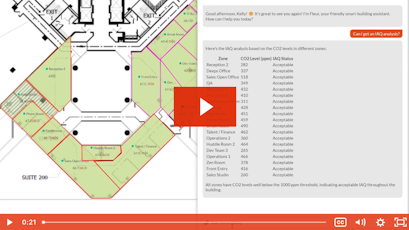
75 Seconds or Less: Check Your IAQ with Saffron AI
Checking on the status of building IAQ doesn't have to be hard. Learn how Saffron AI can help you do this in under 75 seconds.
Unsupported Browser! This website will offer limited functionality in this browser. We only support the recent versions of major browsers like Chrome, Firefox, Safari, and Edge.

75F’s wireless IAQ sensors deliver over a million data points per 50Ksqft daily, including temperature, humidity, volatile organic compound (VOC), CO2, light, and sound levels. This data flows to the cloud, where 75F machine learning algorithms analyze weather forecasts to predictively and proactively optimize indoor air quality.

Checking on the status of building IAQ doesn't have to be hard. Learn how Saffron AI can help you do this in under 75 seconds.

The world’s most advanced thermostat & humidistat, with eight on-board IAQ sensors for hyper-localized control.

The 75F HyperStat is bringing industry-leading energy efficiency and comfort to a wide range of customers, industries and building types.

Facility directors have real time access to sensor data and remote control over building parameters through the HyperStat’s integration with Facilisight, 75F’s building intelligence suite of web and mobile apps.